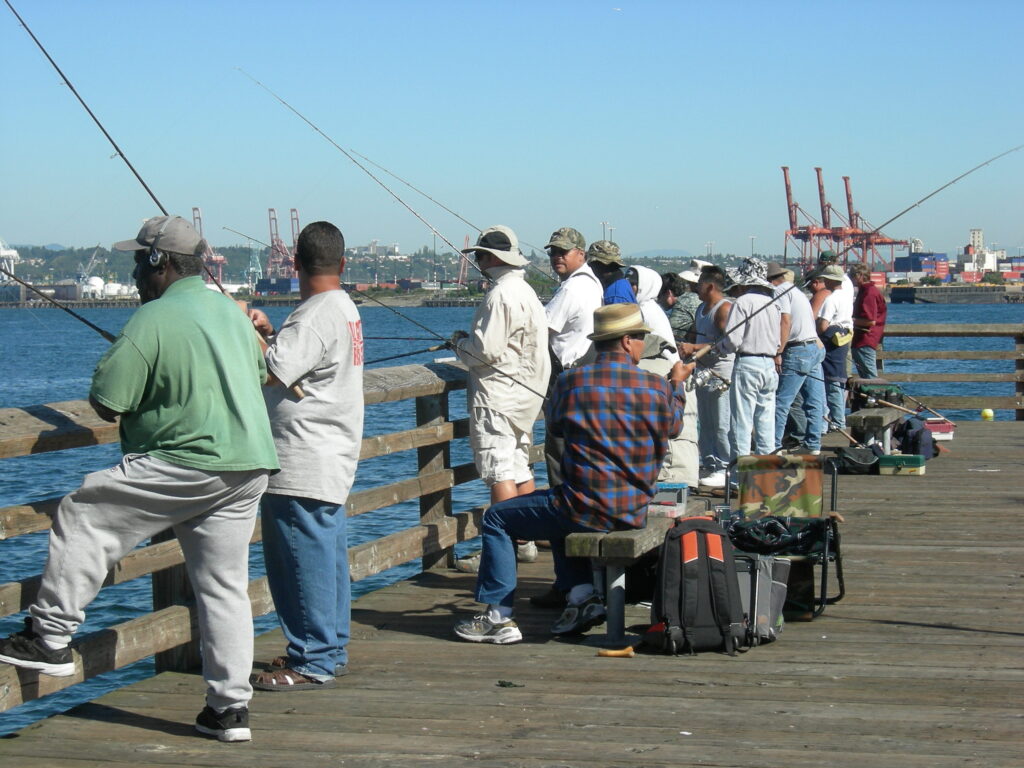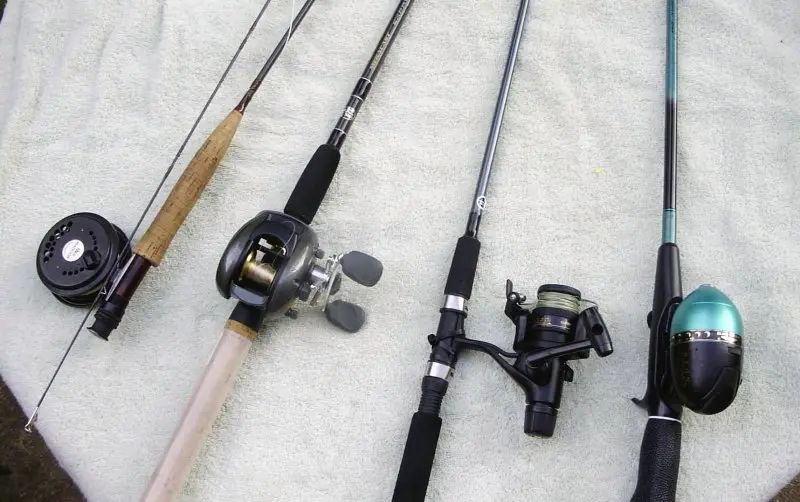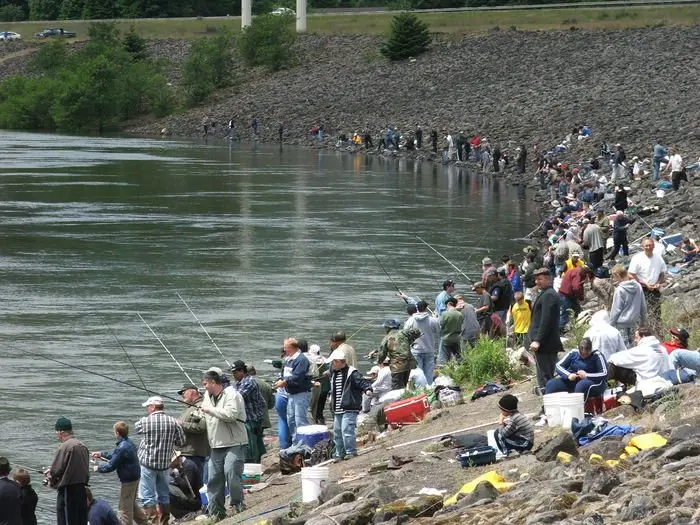What Size Rod and Reel for Pier Fishing? A Complete Guide

When it comes to pier fishing, choosing the right rod and reel size is critical for a successful and enjoyable experience. The wrong setup could mean missed opportunities or struggling to land a fish. This guide will walk you through the best rod and reel sizes for pier fishing, ensuring you’re ready to reel in your next big catch.
Why Does Size Matter in Pier Fishing?
Pier fishing offers unique challenges and opportunities. Unlike fishing from a boat or the shore, you’re elevated above the water and often targeting species that dwell near pilings or in deeper waters. A well-sized rod and reel can help you cast farther, handle heavier fish, and navigate the challenges of fishing from a height.
Rod Size for Pier Fishing
The ideal rod size for pier fishing depends on the type of fish you’re targeting and your local fishing conditions. Here are some general recommendations:
Length:
7 to 9 feet: Ideal for general pier fishing. These rods provide a good balance of casting distance and control, making them perfect for targeting medium-sized fish like flounder, pompano, or small redfish.
9 to 12 feet: Better for long casts and targeting larger fish. These rods are useful if you need to reach fish farther away from the pier or handle heavier species like king mackerel or sharks.
Power:
Medium to medium-heavy: Suitable for most pier fishing scenarios. Medium power rods work well for smaller fish, while medium-heavy rods can handle larger species.
Action:
Fast action: Provides sensitivity and quick hook sets, ideal for detecting subtle bites.
Moderate action: Offers flexibility and better shock absorption, helpful for fighting larger fish.

Reel Size for Pier Fishing
Choosing the right reel size is just as important as selecting your rod. The reel size determines the amount of line capacity and drag strength, both crucial for pier fishing.
Spinning Reels:
3000 to 5000 series: Great for general pier fishing, capable of handling most inshore species.
6000 to 8000 series: Better for larger fish or situations where you need extra line capacity and drag power.
Conventional Reels:
These are a good option if you’re targeting large, hard-fighting species like tarpon or cobia. Look for reels with a higher line capacity and strong drag systems.
Matching Your Rod and Reel
To create a balanced setup, match your rod and reel based on their specifications. For example:
A 7–9-foot medium-heavy rod pairs well with a 4000–5000 series spinning reel.
A 9–12-foot heavy rod works best with a 6000–8000 series spinning reel or a robust conventional reel.
Line ConsiderationsLine Considerations
The type and strength of fishing line you use should complement your rod and reel setup:
Monofilament: 12–20 lb test is versatile for general pier fishing, while 30–50 lb test is suitable for targeting larger fish.
Braided Line: 20–50 lb test offers excellent strength and casting distance. Braided line is especially useful when fishing near pilings or structures.

Additional Tips for Pier Fishing Success
Research Your Target Species: Knowing the common fish species at your pier will help you fine-tune your setup.
Bring a Pier Net or Gaff: These tools make landing fish easier when you’re fishing from an elevated platform.
Check Local Regulations: Always adhere to size limits, bag limits, and any specific rules for your fishing location.
Use Appropriate Baits: Match your bait to the species you’re targeting. Live shrimp, cut bait, and artificial lures are all popular options.
Final Thoughts
The right rod and reel size can make all the difference in your pier fishing experience. Whether you’re chasing small inshore species or going after big game fish, a well-matched setup ensures you’re prepared for whatever bites. Keep these guidelines in mind, and you’ll be ready to enjoy a productive day on the pier.
Happy fishing!
